To Hell and Back: The Natural Genius of Geothermal Energy
While tracking a grizzly bear in northern California, a member of the famous Fremont survey team discovered a vast area of furious, roiling steam emanating from cracks and caves in the ground. When surveyor William Bell hurried back from the sighting, he reported that he had found “the Gates of Hell.” Today that 45-square-mile site, known as “The Geysers,” is the largest geothermal energy project in the world.
While definitely not “hell,” the earth’s radioactive core produces enough energy to supply all of humankind’s demands for millions, if not billions of years. The problem is simply one of access and understanding, rather than availability.
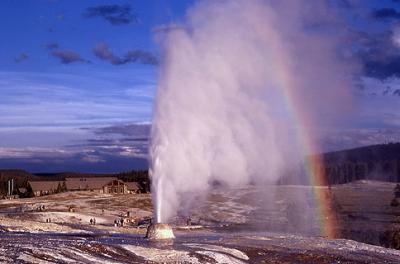
In Montana, most sources of geothermal (heat) energy are used as they were 10,000 years ago by Paleo-native tribes, as hot springs for bathing and winter warmth. After 100 centuries mankind is still using geothermal energy in mostly the “old-fashioned way,” though some modern adaptations can be found in horticulture and aquaculture, as well as in milk pasteurization and the drying of fruits, vegetables, and lumber.
The most widespread use thus far is the heating of residential and businesses with geothermal heat pumps, while large-scale, Enhanced Geothermal Systems (EGS) developments remain few and far between. The nearest significant EGS operation to Montana is in Boise, Idaho, where the city created a geothermal heating district in 1983.
No such EGS exists yet here in Montana, though the state reports that “Montana has at least 15 high-temperature sites, a few of them with estimated deep-reservoir temperatures exceeding 350 degrees Fahrenheit. Among these 15 sites are locations in the vicinity of Helena, Bozeman, Ennis, Butte, Boulder, and White Sulphur Springs.”
Nevertheless, just under the surface of heat, steam and mineralized vapor, individual enterprise is bubbling to the surface as some home and business owners have taken it upon themselves to access clean, efficient heat energy in efforts to ease themselves “off the grid.”
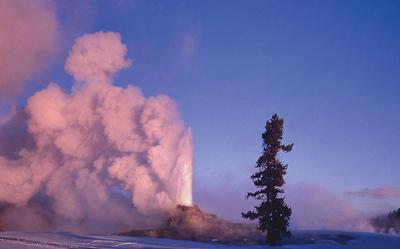
Peter Lee, owner of THB Energy Solutions of Bozeman, says that “geothermal energy in Montana, if harnessed properly, can provide homeowners and businesses with all their heating needs in an efficient, economical way while giving a boost to the environment to boot.”
All right, but let’s check its footprint first...its carbon footprint. Large, Enhanced Geothermal Systems (EGS), like that of The Geysers do use grid electricity. So to fairly compare its carbon footprint to fossil fuels (like propane and heating oil) you have to account for delivery. Historically, grid electricity loses about 70% of its energy by the time it gets to a delivery point, like your home, due to just transmission or “line loss.” Heating oil and propane also run an energy deficit due to its transport on rail and in trucks. That’s because it takes energy to move energy.
Ah, but what if geothermal energy is sourced on-site with heat pumps? In essence, a geothermal heat pump delivers heat at efficiency rates of 300% to 500% because its refrigerant circuit takes advantage of the Earth’s ambient heat. There is no way for propane and heating oil to compete; your delivery efficiency is increased at the same time that your carbon footprint has been reduced. A rare, but true “win-win” for both man and the environment.
Okay, great, but what does all this hot air cost? Beyond hot air, geothermal heat pumps can also provide heat via radiant distribution. In addition, they are highly efficient at cooling. THB Energy Solutions recently completed a geothermal energy retrofit on an 8,600 square-foot house that now produces a monthly heating bill which rarely goes over $300. Two years ago, comparable bills were over $1,500. The savings for one year will be around $11,000. In this scenario the system will pay for itself in a little over four years (a 24% return on investment). Now, that’s cost effectiveness!
Geothermal energy is readily available “in the ground,” for highly localized use, though major development of EGS districts encounter the usual problems with mitigation of environmental impact, including attention to released greenhouse gases, noise pollution, protection of wildlife and habitat and, yes, even thermal, or heat pollution. Geothermal heat pumps, on the other hand, have to contend with none of these larger issues. For now, in the Treasure State, you will have to opt to take geothermal conversion on as a personal project, as large-scale development is far into the future.
In Montana, we call that the “pioneer spirit.”
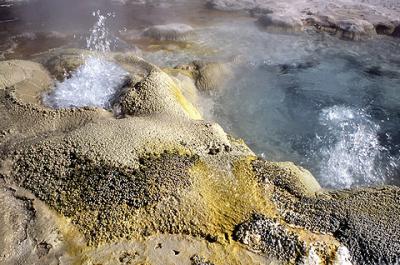
Geothermal heat pumps are also known as:
• Ground Source Heat Pumps
• Geoexchange Heat Pumps
• Earth-Coupled Heat Pumps
• Earth Energy Heat Pumps
• Water-Source Heat Pumps
That’s a lot of different names for one great technology! (courtesy THB Energy Solutions)
Home Energy Comparison
• More than 80% of the Earth’s surface originated from volcanic activity.
• Holes drilled as deep as five miles into the Earth’s reveal that the rock temperature increases about 37 degrees Fahrenheit per 320 feet.








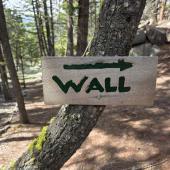
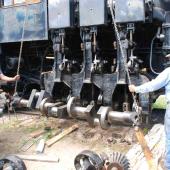
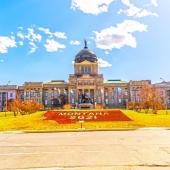

Leave a Comment Here